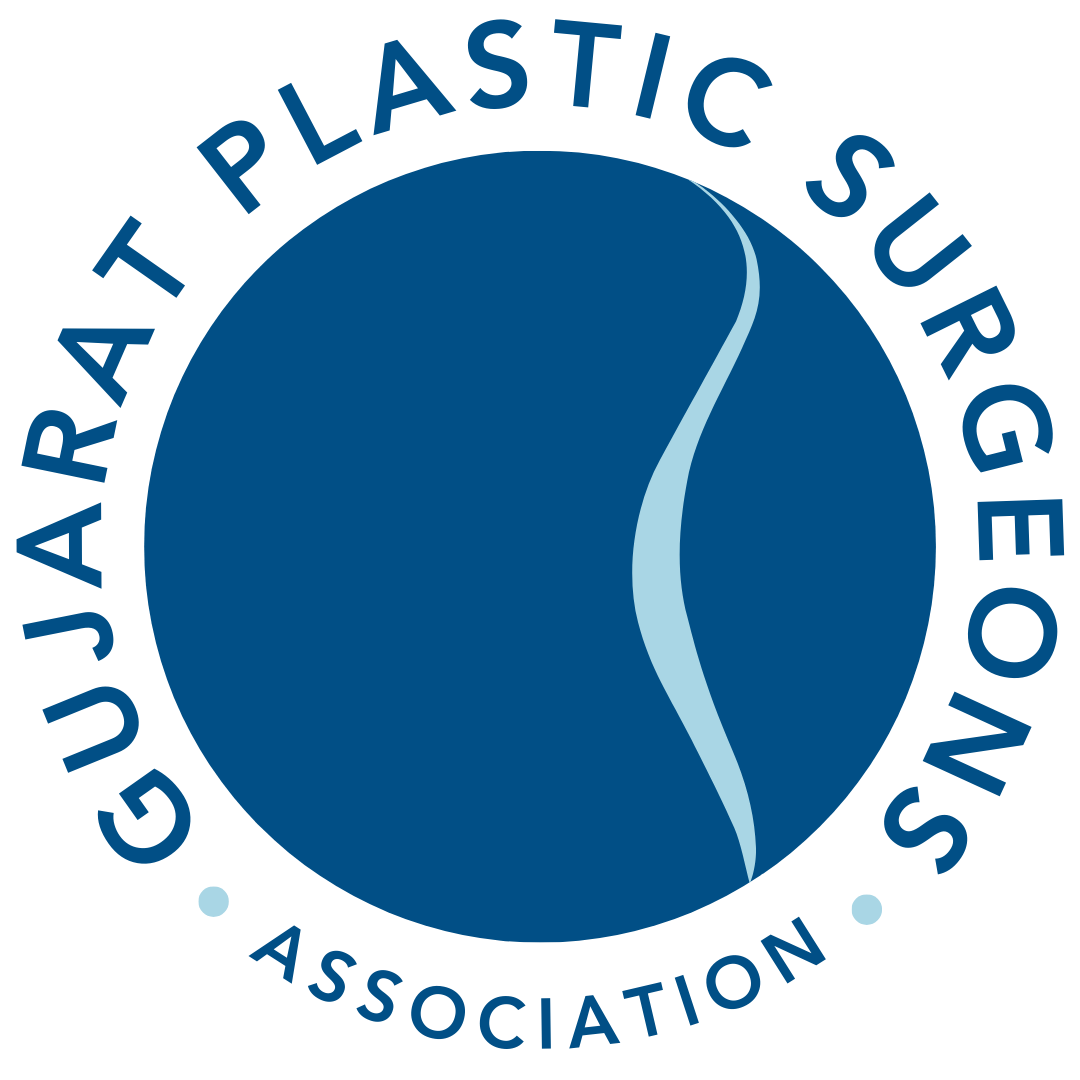

COSMETIC SURGERY
Buccal Fat Pad Removal
About The Treatment
Buccal fat pad removal is a cosmetic surgical procedure designed to reduce the fullness of the cheeks by excising the buccal fat pads. This procedure can enhance facial contour, creating a more sculpted appearance.
Indications for Buccal Fat Pad Removal
Full Cheeks:
Desire to reduce cheek fullness and achieve a slimmer facial appearance.
Facial Proportions:
Need for better facial contour and symmetry.
Aesthetic Goals:
Interest in enhancing overall facial aesthetics and self-confidence.
Procedure Steps
Consultation:
Goals, expectations, and medical history is discussed with the surgeon.
Physical examination to assess facial structure and fat distribution.
Anesthesia:
Usually performed under local anesthesia, sometimes with sedation for added comfort.
Incision and Removal:
An incision is made inside the mouth, on the inner cheek, to access the buccal fat pad without visible external scars.
The buccal fat pad is gently removed, and the amount removed is tailored to the individual’s needs.
Closing the Incisions:
The incision is closed with sutures, which may be absorbable.
Recovery and Aftercare
Initial Recovery:
Swelling, bruising, and discomfort are common for the first few days.
Pain medication may be prescribed to manage discomfort.
Postoperative Care:
Maintain good oral hygiene to prevent infection.
Avoid strenuous activities and direct trauma to the face for several weeks.
Long-Term Care:
Final results typically become visible within a few weeks as swelling subsides.
Scarring is minimal and hidden inside the mouth.
Benefits
Enhanced Facial Contour:
Achieves a slimmer, more defined facial appearance.
Increased Self-Confidence:
Improved body image and self-esteem.
Risks and Complications
Scarring:
Minimal risk of visible scarring, as incisions are made inside the mouth.
Infection:
Risk of infection at the surgical site.
Asymmetry:
Potential for uneven results or facial asymmetry.
Changes in Sensation:
Temporary or permanent changes in sensation in the cheeks.
Unsatisfactory Results:
Need for revision surgery if outcomes do not meet expectations.
Candidate Suitability
Ideal Candidates:
Individuals with excessive cheek fullness who desire a more sculpted look.
Patients in good overall health with realistic expectations.
Non-smokers or those willing to quit smoking before and after surgery.
Not Suitable For:
Individuals with certain medical conditions that impair healing.
Those with unrealistic expectations or seeking a minor change in cheek appearance.
Conclusion |
Buccal fat pad removal can significantly enhance facial contour and improve self-confidence for individuals seeking a slimmer appearance. A thorough consultation with a qualified surgeon is essential to discuss potential risks, benefits, and expected outcomes, ensuring the best possible results. |